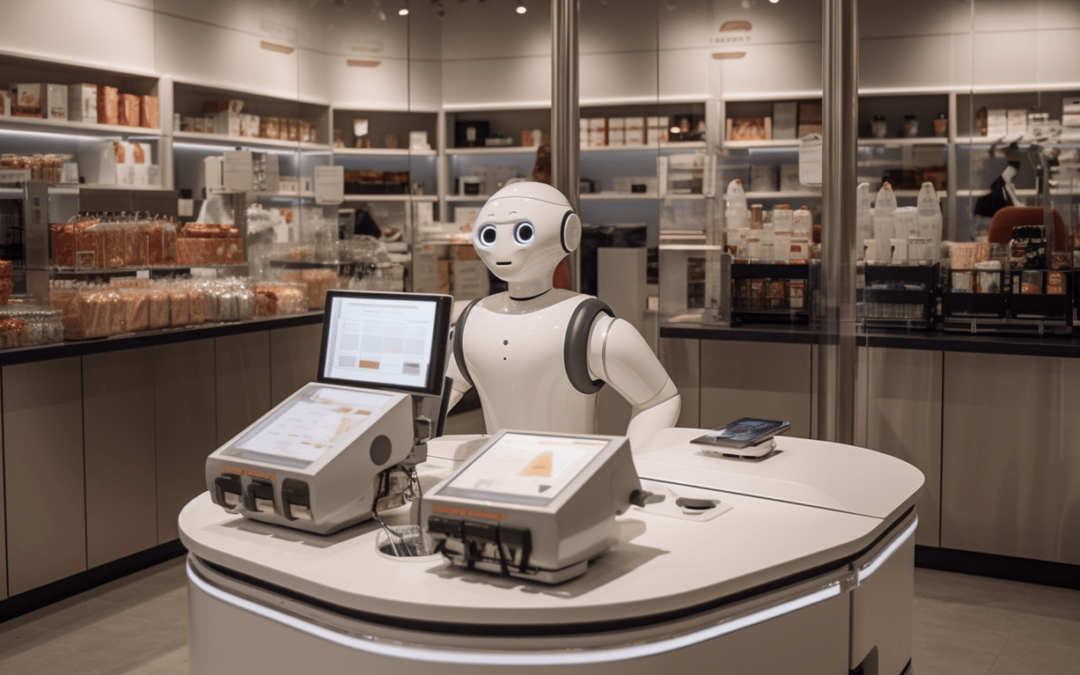The future of retail is going to look different. COVID affected nearly every aspect of our lives and nearly every industry. One of the hardest-hit industries was in-store fashion retail. This one was already struggling to survive before the virus. In many states, only stores that were considered to provide daily necessities were allowed to open their doors. This was okay for stores that sell a certain amount of apparel, like Target and Wal-Mart. However retail stores that sell only apparel were not allowed to be open for business. Apparel stores were already suffering due to the explosion of online shopping. The ease of buying from home far outweighs dealing with traffic, sorting through racks, and plodding through fitting rooms. But what will the apparel retail industry look like now we are past the pandemic.
Long Covid for Businesses
The effect of the virus on many businesses is going to be hard to come back from. With low profits and the overhead cost of having a physical location eating away at whatever they may be able to produce, many retailers are using force majeure clauses to cancel orders, have laid off employees, and may have even had to abandon their property. It’s hard to come back from, but not impossible, After all, clothing is truly a necessity and always in fashion.
Some retailers may have to change their business models to have a larger or complete online presence. Getting back to the pre-COVID status may be slow, but with time it will most likely circle back. People want to get out and explore and shop. Retailers in general are downsizing though. Don’t expect large stores for shopping in the future. What used to be lots of floor space for shopping in the front and limited storage in the back is going to be flipped. Stores will be more intimate shopping spaces, with both in-store and online fulfillment in the back.
Future Trends
The future of retail sales is expected to be shaped by several key trends and developments. The retail industry is constantly evolving and adapting to changing consumer preferences and technological advancements. Here are some of the significant trends that may continue to influence the future of retail sales:
E-commerce Growth: E-commerce is expected to continue its rapid growth. More consumers are shopping online for convenience, variety, and competitive prices. Retailers will invest in improving their online shopping experiences, including mobile apps, user-friendly websites, and seamless checkout processes. Companies will leverage both physical stores and e-commerce to improve shipping times for key markets. The distinction between online and offline retail is becoming increasingly blurred. Retailers are embracing an omnichannel approach. This integrates both physical stores and digital channels to provide a seamless and unified shopping experience for customers.
New Technologies: Retailers are increasingly using data and AI-driven technologies. They will offer personalized recommendations, product suggestions, and targeted marketing to individual customers. This helps enhance customer loyalty and drive sales. AR and VR technologies are being used to enhance the in-store and online shopping experiences. Customers can try products virtually, visualize how they would look in their homes, and explore virtual showrooms. AI-powered chatbots and virtual assistants are becoming more prevalent in retail. They will provide real-time customer support, answer questions, and assist with product recommendations.
Pop-Up Stores and Experiential Retail: Retailers are exploring unique and immersive in-store experiences to attract and engage customers. Pop-up stores, interactive displays, and events can create memorable shopping experiences.
Subscription Models: Retailers are adopting subscription-based models, offering customers regular product deliveries or access to exclusive content and discounts.
Localization and Hyper-Personalization: Retailers will focus on tailoring their offerings to specific geographic regions and local customer preferences.
What’s Next?
The future of retail sales will likely involve a dynamic combination of online and offline strategies. They will focus on enhancing customer experiences, sustainability, technology integration, and adaptability to changing consumer behaviors. Retailers that embrace these trends and innovations are more likely to thrive in the evolving retail landscape.
I have a prediction for most stores of the future (fashion, department, etc.). They will be like the old Service Merchandise and Walt Disney World had a baby. The shopping spaces themselves will be small but interesting. Customers can shop items in the store, or order from a kiosk and it can be retrieved from the back. Stores will focus on making shopping interesting and reducing shipping costs for online orders. Much like the trend in office space, stores are going to reduce their space utilization. Retailers are rethinking what they need based on how they interact with their customers.



